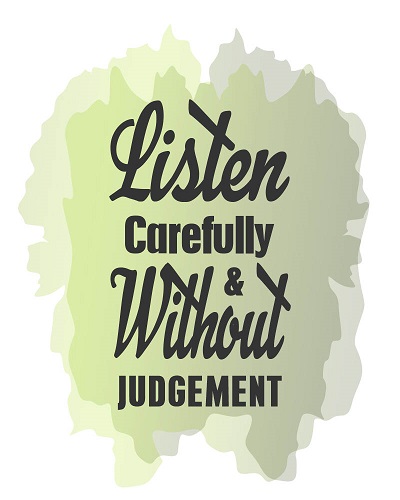 Empathy is a wonderfully selfless response to someone else’s plight. Not only do you feel sympathetic for someone in a bad situation, but you understand their feelings. You fully experience the event with the perspective of the person going through it.
Empathy is a wonderfully selfless response to someone else’s plight. Not only do you feel sympathetic for someone in a bad situation, but you understand their feelings. You fully experience the event with the perspective of the person going through it.
In some cases it’s almost as if you’re physically and emotionally living through the experience yourself. This can be very draining for the highly empathetic individual. They’re always seeing situations where they internalize another person’s emotions and feel they have to help in some way.
Some people don’t have that level of empathy. They will happily help another person and might even understand the point of view of an individual. They don’t necessarily identify with what caused the problem in the first place. Even so, they still respond with empathy.
To understand more about yourself and your feelings, let’s take a look at the three different types of empathy. One isn’t better than another. They’re just different ways of responding to the same situation.
1 – Understanding Emotional Empathy
We’ll introduce you to cognitive empathy in a minute. One of the best ways to understand emotional empathy is with a comparison to the cognitive variety. Just remember this.
“Cognitive empathy is an attempt to walk a mile in another person’s shoes, while emotional empathy is screaming in pain when someone else steps on a nail.”
That definition from the MasterClass website hits the nail on the head, pun intended.
This almost always occurs when someone experiences something you’ve been through before. You might not respond in that way if you never stepped on a nail yourself. If you have, and you see someone else do it, your mind and body can go through a nearly identical physical and visceral experience.
This is truly understanding what another person is experiencing because it’s accompanied with a physical response of some kind.
2 – Cognitive Empathy
We just talked about how this form of empathy is different than when you have an emotional empathetic response. Cognitive empathy can be described as taking someone else’s perspective.
You relate to what someone else is going through even if you’ve never experienced it yourself. This might mean looking at a situation or listening to someone talk while actively trying to imagine their feelings. You aren’t inserting your personal point of view. There’s no bias on your part and you’re not trying to insert your own experiences.
Cognitive empathy simply means a conscious effort to understand the perspective of someone else. This is used in interviews to get the subject to open up and share deeper feelings.
3 – Compassionate Empathy and Problem Solving
Do people often come to you for advice? This might be because you’ve displayed compassionate empathy. It’s a wonderful skill in problem-solving situations.
Compassionate empathy means looking at a negative situation and trying to get at the cause. You analyze the underlying reasons why something happened, as well as the effects. Compassionate empathy can be considered a hybrid of both the cognitive and emotional forms of empathy.
With this ability, you can demonstrate to a person that you totally understand where they’re coming from. You don’t offer any bias or prejudice. You may even offer an alternative way of thinking or some insight that helps the person in need.
Empathy in any form makes the world a better place. It’s selfless and caring. Understanding what type of empathy you’re practicing can give you a better idea of the reasons behind your response.





